History of iPhone 4s: The most amazing iPhone yet
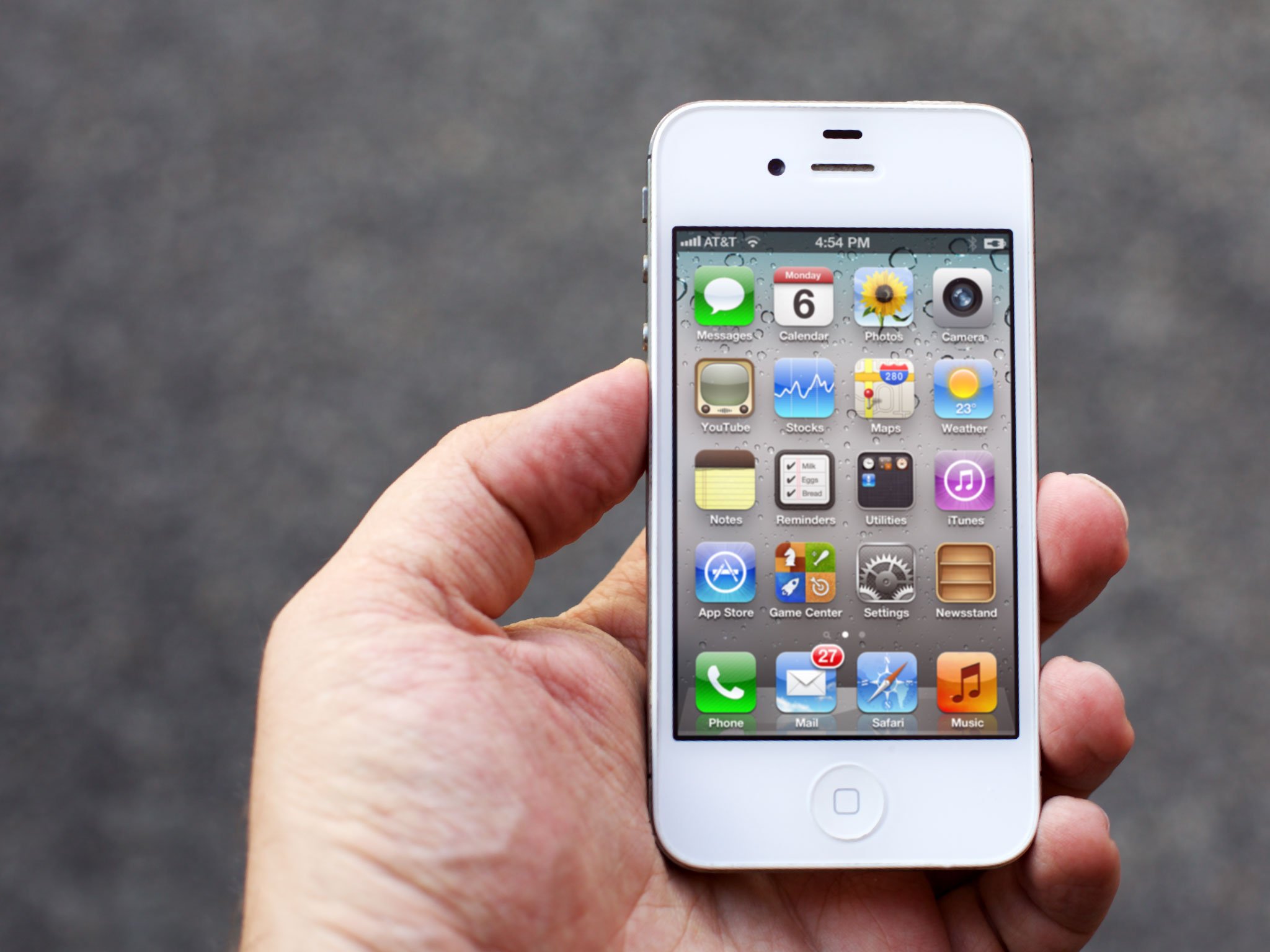
Nothing about 2011 was normal for Apple. Tim Cook had introduced the Verizon iPhone 4 at the beginning of the year and Apple had finally shipped the white iPhone 4 by spring. But unlike previous years, WWDC 2011 came and went no mention a glimpse of a new iPhone. Steve Jobs went on medical leave again, and in August resigned as CEO. On October 4, 2011, Apple's new CEO, Tim Cook, senior vice president of worldwide product marketing, Phil Schiller, and other executives took the stage at a special media called "Let's Talk iPhone". There, they introduced the most amazing iPhone yet. The iPhone 4S.
iPhone 4S plus iOS 5 plus iCloud is a breakthrough combination that makes the iPhone 4S the best iPhone ever. While our competitors try to imitate iPhone with a checklist of features, only iPhone can deliver these breakthrough innovations that work seamlessly together.
Previously there had only been about a year between different iPhone models. They launched every June or July from 2007 to 2010. In 2011, however, that changed.
For many years the holiday quarter had been Apple's strongest, anchored by the phenomenal success of the iPod. Every September Apple would announce updates and every holiday season customers would buy them in droves. But the iPod had begun to be replaced by the iPhone—which Apple called the best iPod. In addition to providing more time to ready iCloud and Siri, moving the iPhone to September once again put Apple's biggest product in the company's biggest quarter.
16 months in the making
The iPhone 4S, codename N94 and device number iPhone4,1, like the iPhone 3GS before it, kept the same basic design as previous year's model. It was the beginning of a tick-tock pattern that lasts to this day. For the iPhone 4S, it meant the same 960x480 326ppi Retina display and IPS LED panel.
The iPhone 4S also kept the same composition as the iPhone 4, with two layers of chemically hardened glass sandwiched on either side of a stainless steel antenna band. The antenna band itself, however, was improved. It had the same configuration as the Verizon iPhone 4, but Apple split it into two components and enabled it to intelligent switch between transmit and receive to avoid attenuation and detuning both. Even while on a call. While CDMA EVDO Rev A data speeds had already been maxed out, Apple boosted the UMTS/HSPA speed to 14.4mbps. (Unlike AT&T, however, they initially refused to mislabel it as 4G.) The new Qualcomm RTR8605 chipset was dual-mode, however, so even the Verizon (and later Sprint) CDMA models could work on GSM internationally, making the iPhone 4S Apple's first "world phone".
Wi-Fi stayed the same at 802.11 b/g/n on 2.4Mhz, but aGPS was augmented by Russian GLONASS (Global Navigation Satellite System). While near field communications (NFC) was prototyped internally, it didn't make it into a shipping product. Instead Apple was making a big bet on the future of Bluetooth, quickly moving to Bluetooth 4.0 with support for both high-speed (HS) and low-engery (LE) modes.
The iPhone 4S processor got a significant boost as well — a version of the Apple A5 system-on-a-chip (SoC) that debuted with the iPad 2 earlier in the year. The A5 featured a dual-core Cortex A9 central processing unit with Imagination's dual-core PowerVR SGX 543MP2 graphics processing unit. Apple claimed a 2x general speed improvement and a 7x graphics improvement.
Master your iPhone in minutes
iMore offers spot-on advice and guidance from our team of experts, with decades of Apple device experience to lean on. Learn more with iMore!
The new power enabled features like AirPlay mirroring, which let the iPhone project its interface to the Apple TV, and Siri, which replaced the previous Voice Control feature with a full-on virtual digital assistant feature powered by natural language, and a Pixar-like personality.
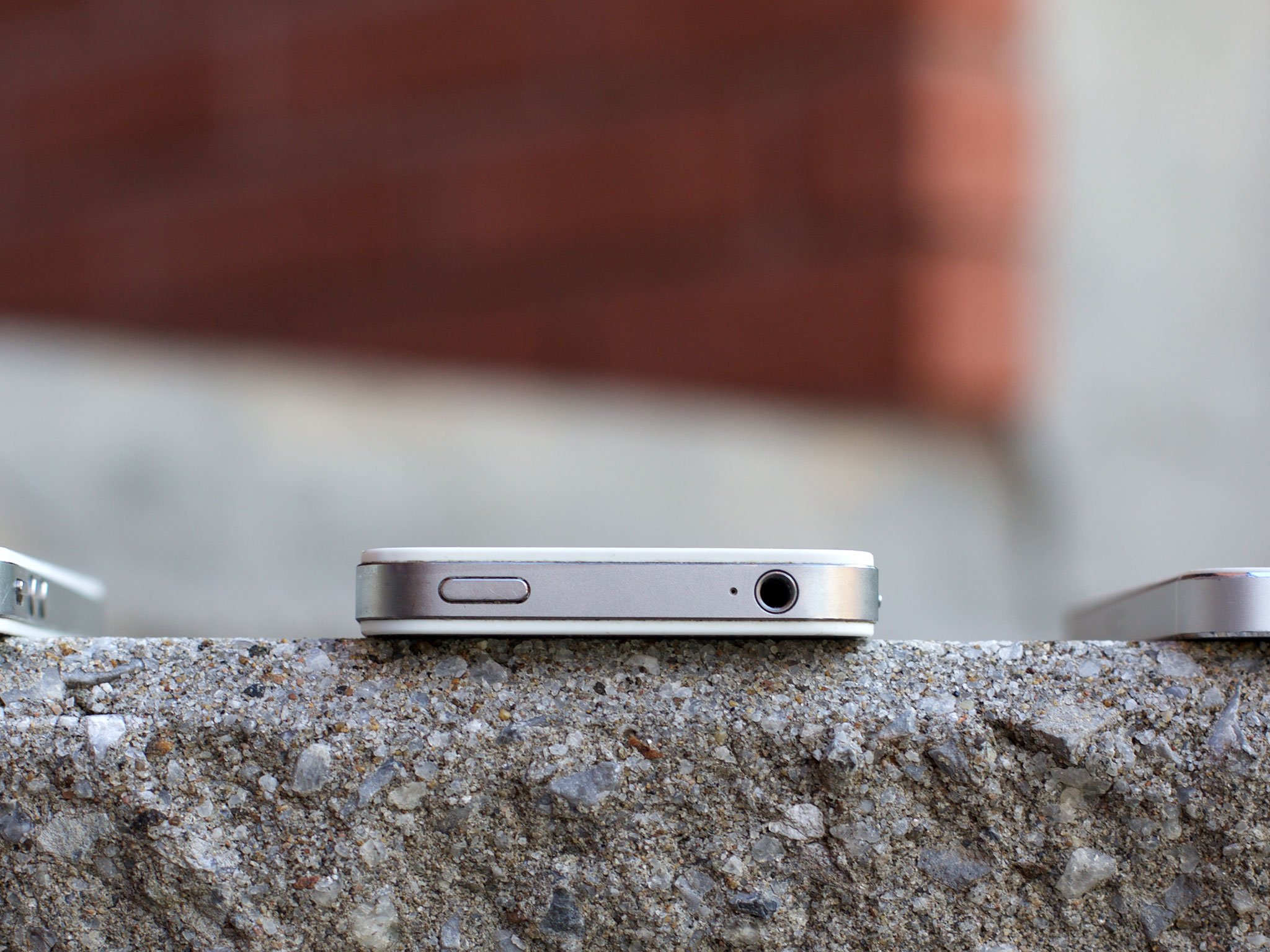
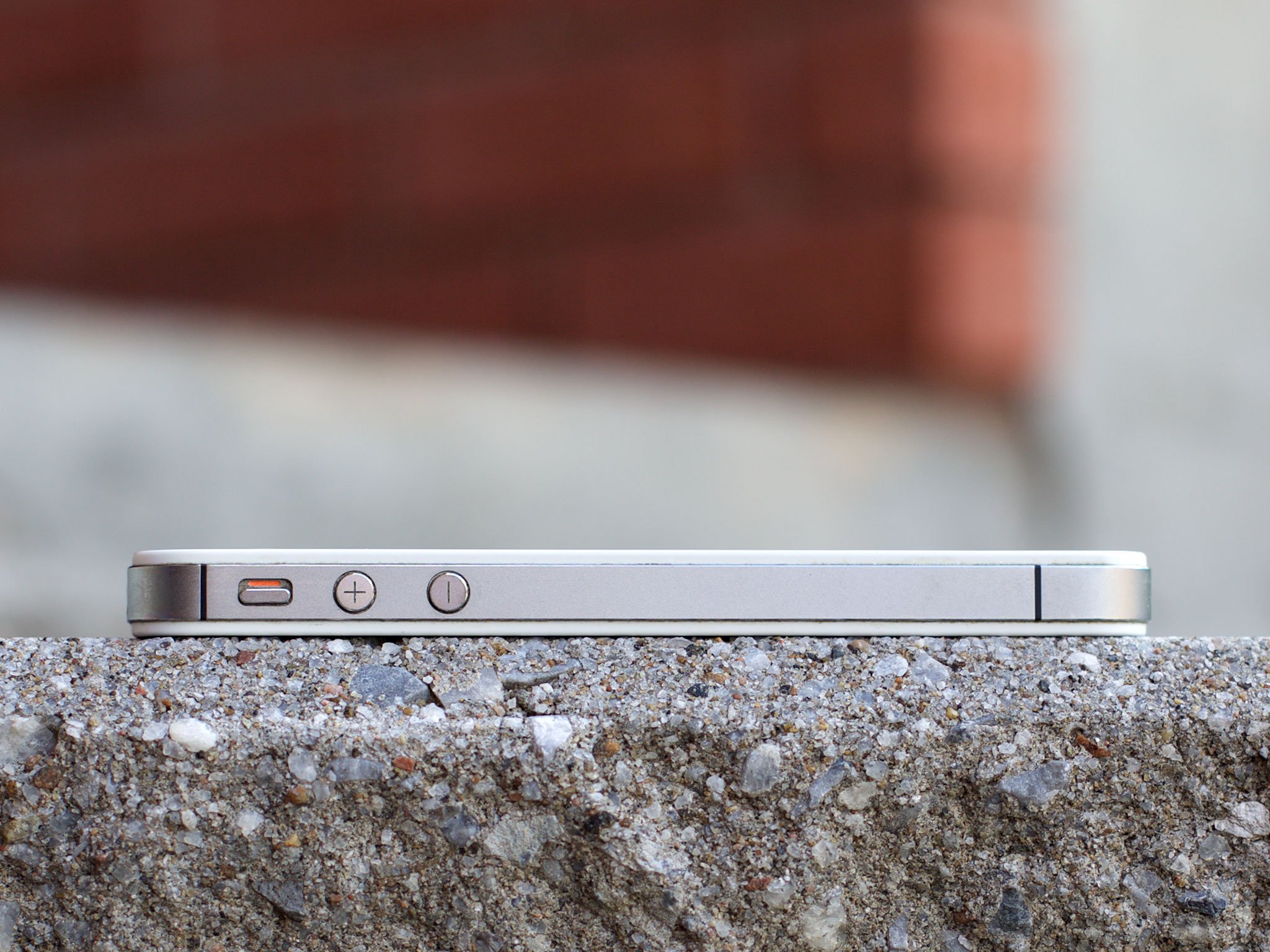
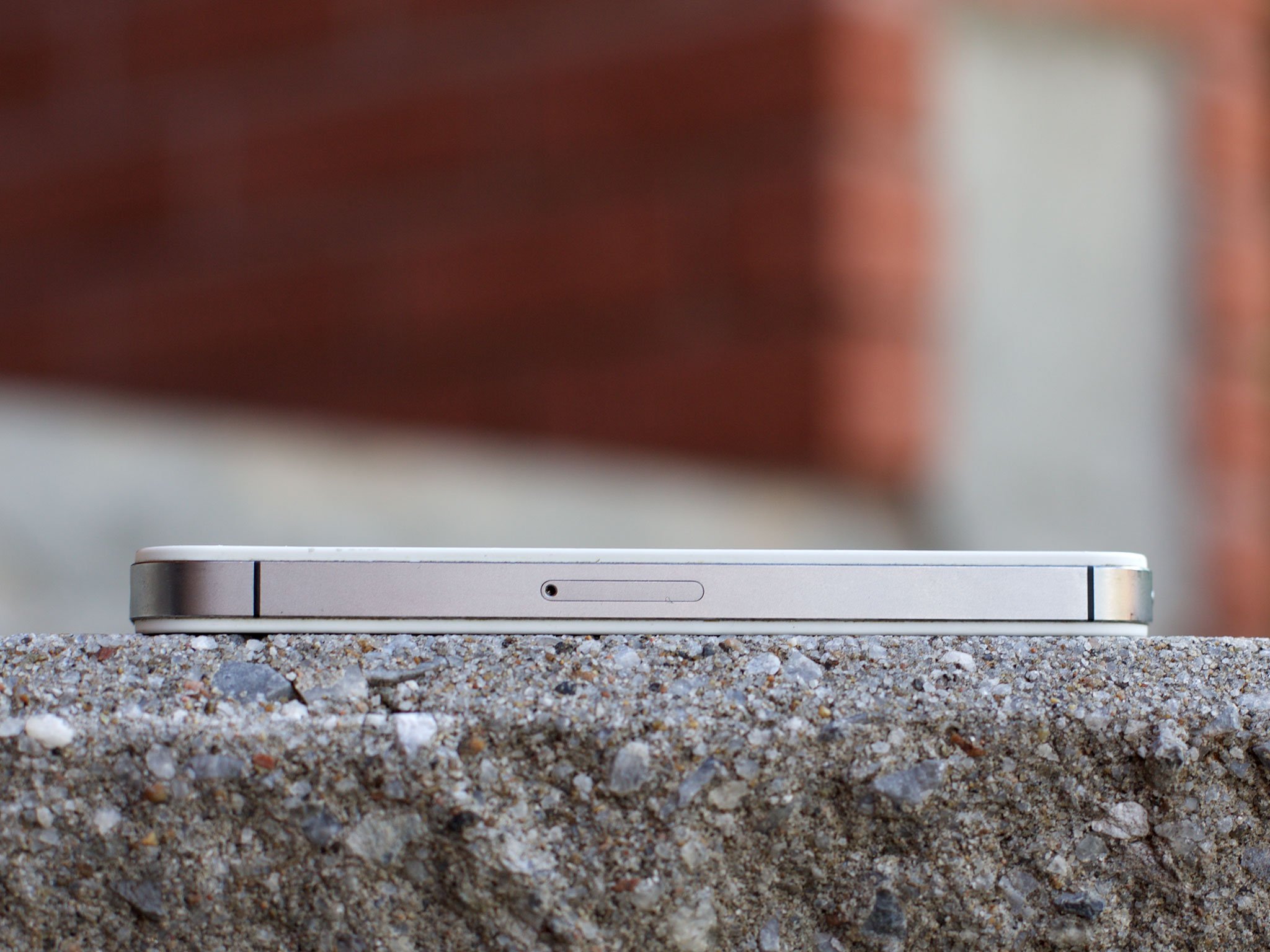
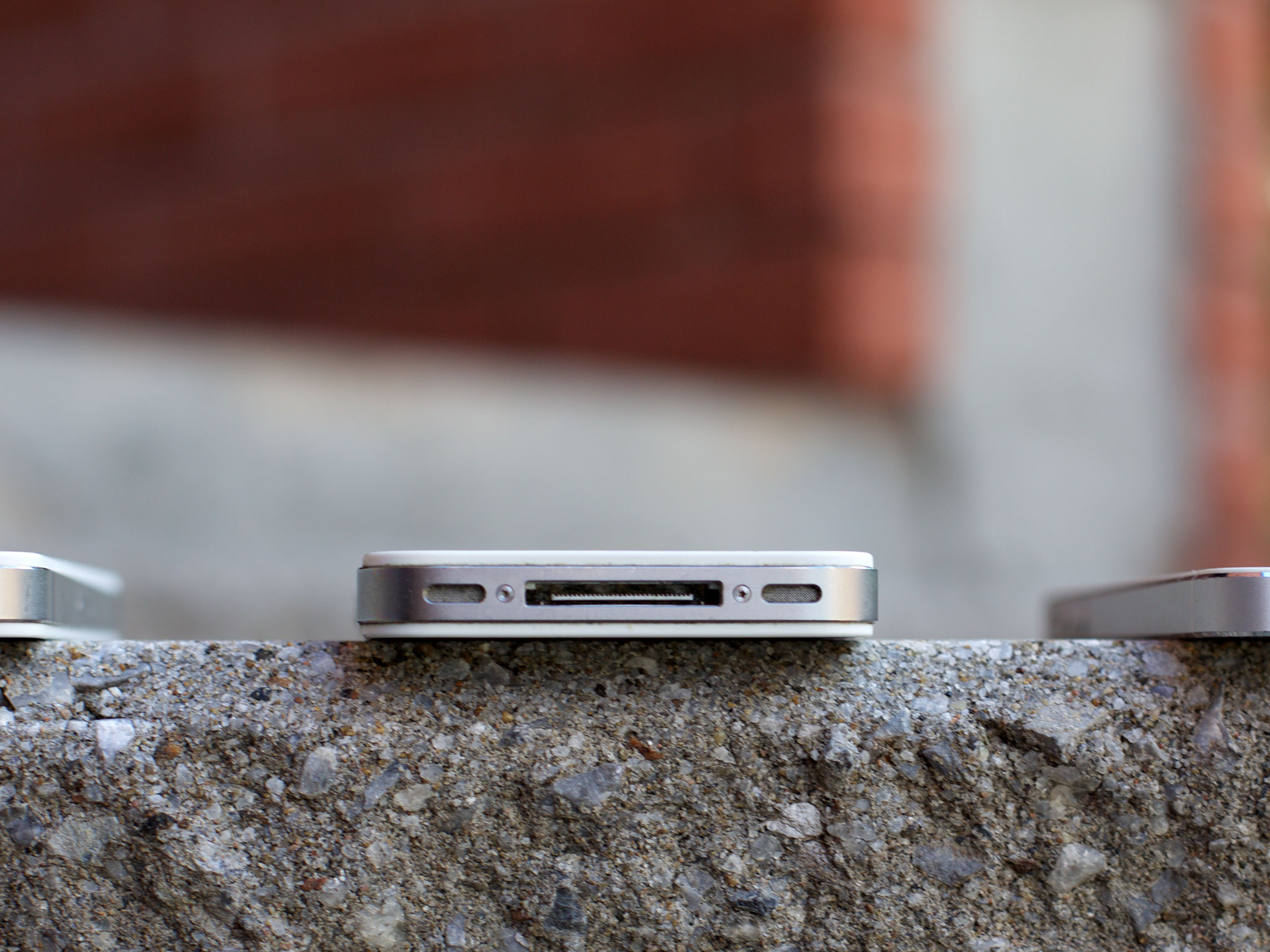
Siri was carefully positioned as beta at launch and with good reason. Originally an app on the App Store, Apple had acquired the company and team behind it in April of 2010. Since then they'd been working on integrating it into iOS. The debate as to whether or not to release Siri with the iPhone 4S was rumored to have lasted up until just before event day. It was a complicated piece of technology. Key parts of the voice system were licensed from Nuance, which put them out of Apple's direct control, and Apple historically had less expertise in services than they did in hardware and software. It also required an internet connection to perform its information lookup and sequential inference, and that connection was not yet solid. It all resulted in multiple points of pain for Apple and for customers, and would take almost a year to rectify.
An infrared sensor was added to enable Siri's raise to speak feature, but otherwise the sensors remained the same. Apple stuck with the same 512MB of RAM for the iPhone 4S, but did introduce a new 64GB storage option. The battery got a slight improvement as well, up to 1430mAh. It resulted in 8 hours of usable battery life for 3G talk, but a reduction in standby time.
The front FaceTime camera retained the same, paltry VGA sensor. The rear iSight camera, however, got a lot of attention. It was increased to 8 megapixels and 1080p. The backlit sensor was improved, the aperture brought to f2.4, and made wide angle to capture more of a scene. Apple also added a 5th piece of glass to the assembly to increase sharpness, and an infrared filter to improve colors. The bigger news was the ISP (image signal processor) in the Apple A5 processor. It took the images captured by the camera and provided facial recognition for more specific automatic focus, and post-processing for much better white-balanced, stabilized, photos and video. It did, however, seem to find macro focus more of a challenge.
Pricing stayed the same again as well, starting at $199 and $299 on-contract, with the new, larger capacity model sliding in right on top at $399.
The day after
Steve Jobs passed away on October 5, 2011.
That Tim Cook, Phil Schiller, and any of his friends and colleagues were able to make it through the iPhone 4s event at all is a testament to their professionalism and love for both man and the company.
Around the world, Apple Stores became impromptu memorials and Apple took time to both celebrate and morn the life and passing of their co-founder. But they also made sure the great artists at Apple would keep on shipping.
The cross-roads of technology
The iPhone 4S launched on October 14, 2011 in the U.S., Australia, Canada, the U.K, France, Germany, and Japan. It reached 70 countries and 100 carriers by the end of the year. On launch weekend, it sold 4 million units.
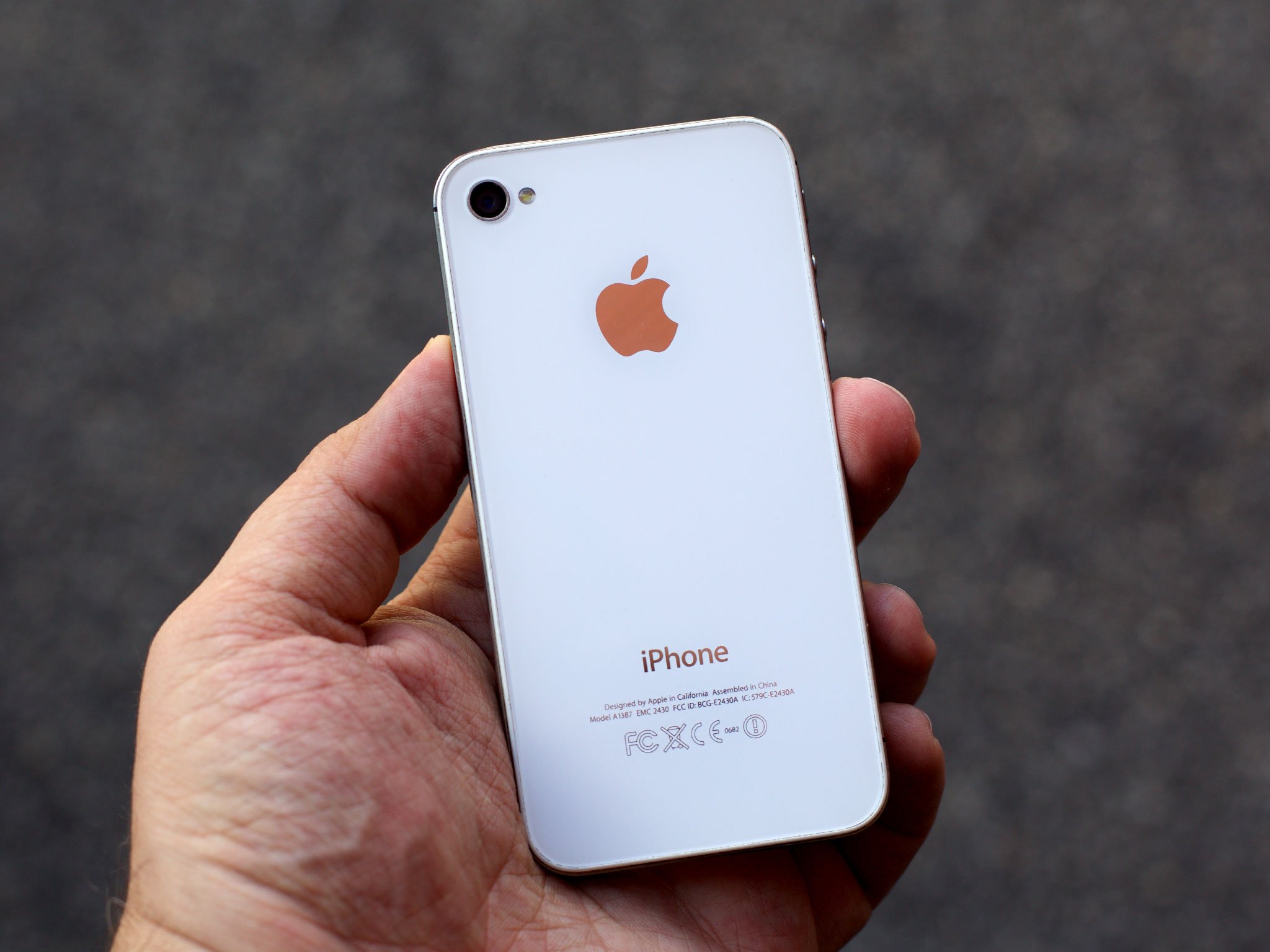
Phil Schiller, via Apple:
Phone 4S is off to a great start with more than four million sold in its first weekend—the most ever for a phone and more than double the iPhone 4 launch during its first three days. iPhone 4S is a hit with customers around the world, and together with iOS 5 and iCloud, is the best iPhone ever.
As usual, it was meant as the first iPhone for new customers, or an upgrade for iPhone 3GS customers coming off contract (albeit a few months late). Although there were some who felt the upgrade wasn't big enough or visible enough, reviews were generally excellent.
Andy Ihnatko for the Chicago Sun Times:
The iPhone isn't hands-down the greatest phone in the world. A handset is too idiosyncratic a device for any sort of "one model fits all" statement. The camera has been improved in a way that makes for better photos, not for better appearances on a feature comparison chart. Siri's goal isn't to give the iPhone mere parity with the voice control features of other phones; it's to create a new paradigm for mobile phone interfaces.
John Gruber on Daring Fireball:
This is the easiest product review I've ever written. The iPhone 4S is exactly what Apple says it is: just like the iPhone 4, but noticeably faster, with a significantly improved camera, and an impressive new voice-driven feature called Siri.
Yours truly on iMore:
Again, I can't help but come back to Steve Jobs, the man whose vision and singular will drove Apple to create the future of consumer electronics, device by device, app by app, culminating in the iPhone 4S announced just a day before his passing.Like Jobs did, it stands at the juncture of technology and liberal arts: powerful and yet accessible, capable and yet beautiful, incremental new hardware brought to life by ambitious new software.It's certainly not the device for everybody, but increasingly the iPhone is the device for most people.
Samsunged
By 2011, HP was destroying webOS from within, Windows Phone was still struggling to find its place in the market, and BlackBerry was wasting their time with the ill-fated PlayBook project. Android, however, was exploding. For differentiation, some went with first generation LTE chips, though it shredded battery life, even when larger batteries (and the screens to go with them) were used to help fuel them. That would eventually lead to screen size itself as a differentiator.
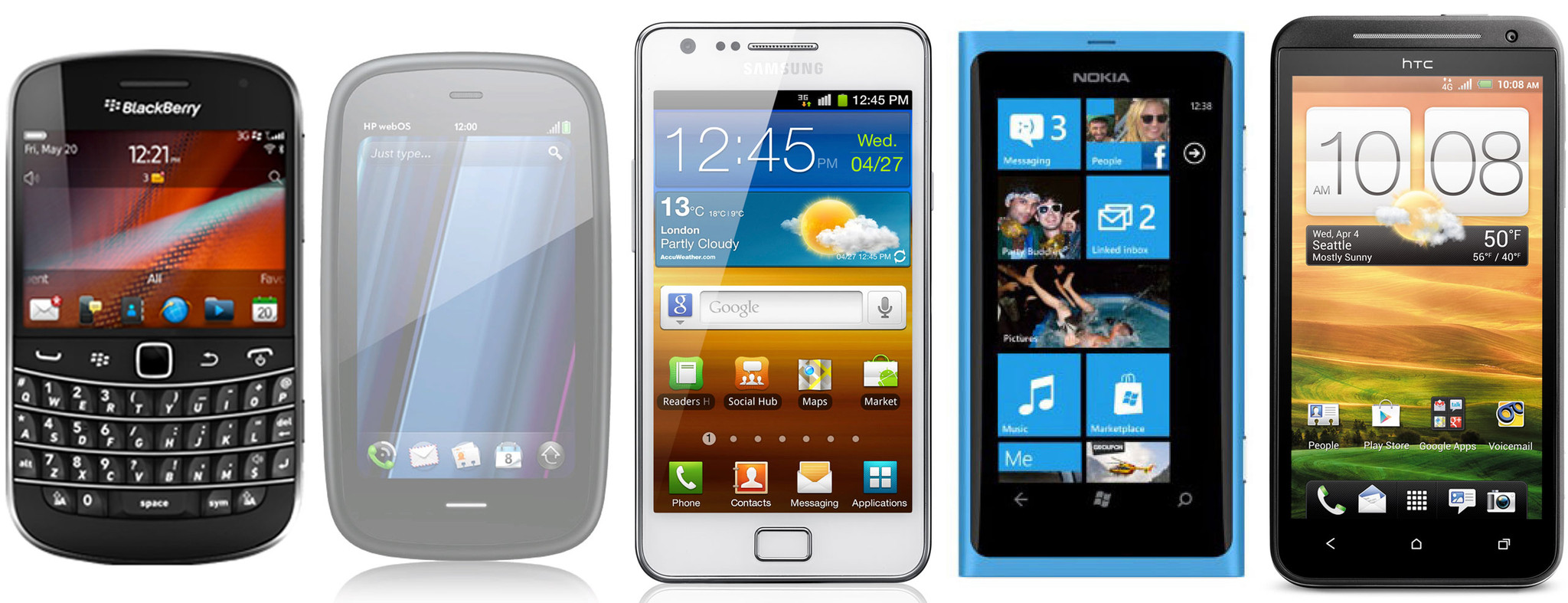
Though the iPhone finally made it to Verizon in February of that year, all those years of exclusivity on AT&T had created tremendous opportunity for something that could be sold as "close enough to an iPhone" for people who really wanted an iPhone but just couldn't or wouldn't leave Verizon. That something was Samsung's Galaxy S line, which copied the iPhone look-and-feel down to icon design and colors, and out to USB cables.
In April of 2011, Apple sued for patent and trade-dress infringement.
Rather than innovate and develop its own technology and a unique Samsung style for its smart phone products and computer tablets, Samsung chose to copy Apple's technology, user interface and innovative style in these infringing products.
Apple claimed Samsung deliberately copied the iPhone (and iPad) to benefit from the marketing and consumer confidence Apple had worked hard for years to attain. While Apple didn't sue Google directly over Android, sentiment at Apple was the same.
They'd been partners with Samsung in manufacturing and Google in services, and had taught both how to make modern, iPhone-class smartphones, and then watched in horror as both betrayed them and turned from partners into competitors.
Where Microsoft was content to settle for licensing fees from almost all Android manufacturers, Apple was not. By virtue of their patents, Microsoft wanted to make Android more expensive, Apple wanted to make it less attractive. Apple had spent years and a fortune creating what they considered to be an intuitive new way to interface with computers and while the result was obvious the work taken to achieve it was arduous. People on the project had given up their lives and time with their families to realize it. Creating the iPhone had cost them and seeing it copied so casually was infuriating.
Business was business, but Apple and Steve Jobs took it personally. They'd been there before, after all, with Microsoft, the Mac, and Windows. They'd lost the PC market, they felt, because of it.
I will spend my last dying breath if I need to, and I will spend every penny of Apple's $40 billion in the bank, to right this wrong. I'm going to destroy Android, because it's a stolen product. I'm willing to go thermonuclear war on this. [...] I don't want your money. If you offer me $5 billion, I won't want it. I've got plenty of money. I want you to stop using our ideas in Android, that's all I want.
Google claimed Apple would rather litigate than innovate. Unfortunately for Google, Apple was intent on doing both. Hypocritically for Google, their Motorola acquisition would come with plenty of lawsuits all its own, lawsuits Google didn't abandon, and lawsuits over standards-essential patents—those pledged under fair, reasonable, and non-descriminatory terms and necessary to access data networks for example—whose litigation resulted in anti-trust investigations due to their abusive nature.
Samsung likewise retaliated with standards-essential patents, with Apple arguing both companies wanted access to Apple's proprietary patents in exchange.
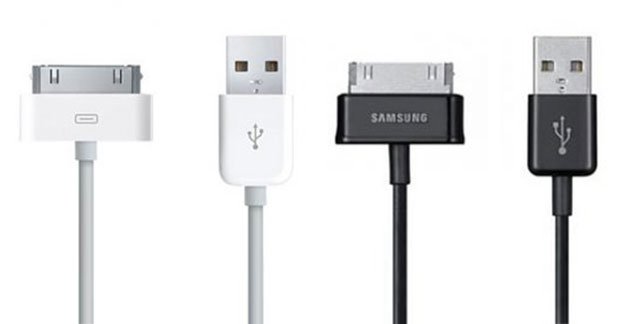
That Samsung slavishly copied Apple while ramping up their own product line is indisputable. Product after product bore unabashed, unmistakable similarity to Apple's. The question was whether or not the copying was illegal. If it was, Samsung would be on the line for billions of dollars in damages. If it wasn't, Samsung would have brilliantly jumpstarted their way to smartphone dominance on Apple's dime.
Tim Cook, who took over as Apple CEO following Steve Jobs' passing in October of 2011, initially held the line on the lawsuits.
Tim Cook said he doesn't like litigation, but he also doesn't like other companies using what he feels are Apple innovations to sell competing products. Cook also took it a step further, saying Apple cannot become the developer for the world.
At the same time, Samsung began to launch a massive marketing campaign, targeting Apple exactly where it hurt — in brand perception and general "coolness" factor. Their market share grew and grew.
Samsung eventually lost a $1 billion verdict to Apple in the U.S. but other lawsuits and counter-suits around the world have been abandoned. Apple and Samsung remain manufacturing partners and Apple and Google remain services partners, but their relationships have never been the same.
Five years later
Steve Jobs was gone, but his greatest product, Apple, remained. The iPhone 4S entered a market facing savvier and more relentless competition than ever before. Still, it established the iPhone as Apple's new holiday product, and it once again sold more than any iPhone before. It was a painful, combative, heartbreaking year for Apple, but they endured. And more than that, they had a plan...

Rene Ritchie is one of the most respected Apple analysts in the business, reaching a combined audience of over 40 million readers a month. His YouTube channel, Vector, has over 90 thousand subscribers and 14 million views and his podcasts, including Debug, have been downloaded over 20 million times. He also regularly co-hosts MacBreak Weekly for the TWiT network and co-hosted CES Live! and Talk Mobile. Based in Montreal, Rene is a former director of product marketing, web developer, and graphic designer. He's authored several books and appeared on numerous television and radio segments to discuss Apple and the technology industry. When not working, he likes to cook, grapple, and spend time with his friends and family.
